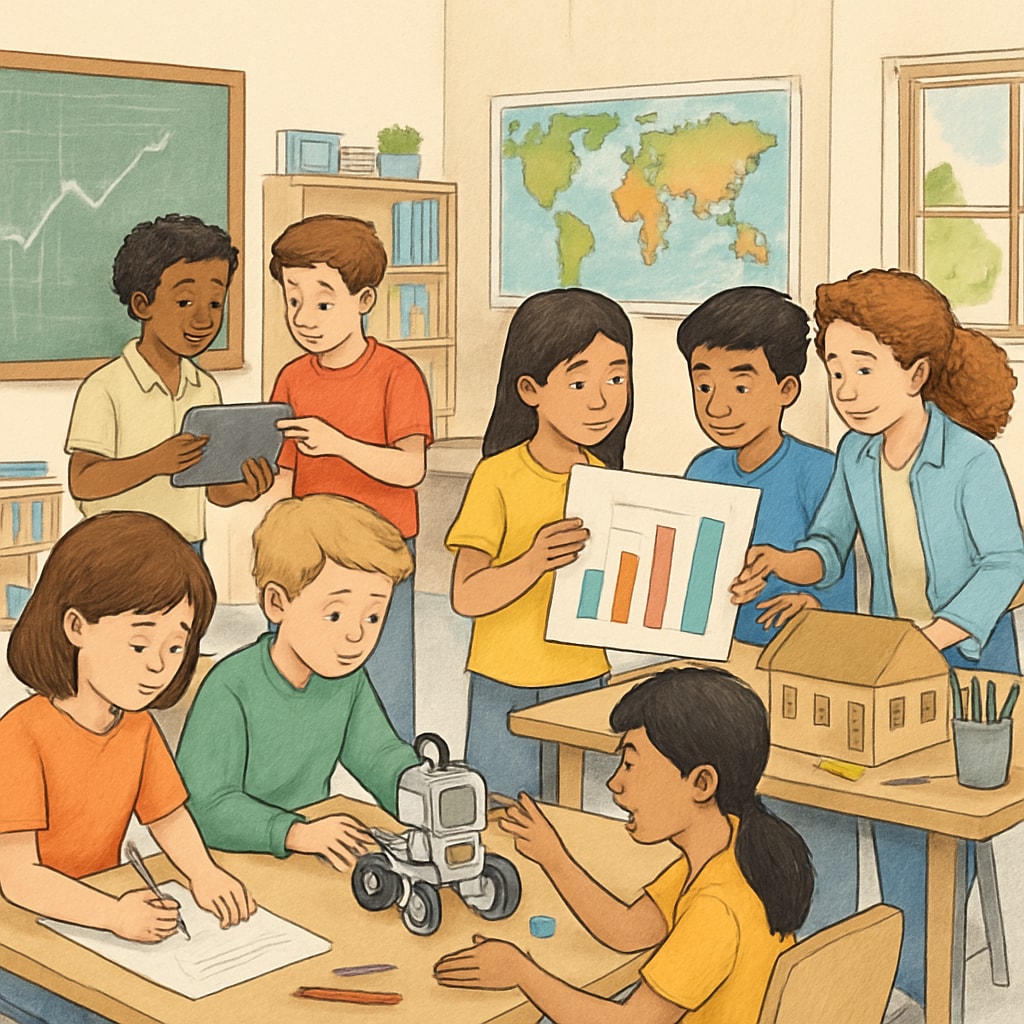Traditional assessment systems in K12 education often place excessive emphasis on grades as the sole indicator of student achievement. While grades provide a straightforward measure of performance, they fail to capture the nuances of the learning process, individual skill development, and intellectual growth. This article explores the limitations of grade-based evaluation and proposes alternative strategies to assess learning outcomes, track progress, and cultivate holistic student development.

The Limitations of Grade-Based Student Assessment
Grades have long been the cornerstone of education systems worldwide, offering a simple way to quantify student performance. However, this approach comes with several drawbacks:
- Narrow Focus: Grades often emphasize rote memorization and standardized test results rather than critical thinking, creativity, or collaborative skills.
- Lack of Individualization: A single letter or number cannot accurately reflect the diverse ways students learn and excel.
- Pressure and Anxiety: Overemphasis on grades can lead to stress, negatively impacting student mental health and motivation.
For example, a student may excel in interpersonal skills or creative problem-solving, yet these qualities are rarely captured by traditional grading systems. As a result, educators and researchers are increasingly advocating for more comprehensive assessment models.

Exploring Alternative Learning Assessment Methods
To address the limitations of grade-based evaluations, educators have begun exploring alternative methods that better reflect student abilities and learning processes. Some of these approaches include:
- Portfolio-Based Assessment: Students compile their work into portfolios, showcasing progress over time and demonstrating a range of skills.
- Project-Based Learning: Evaluations focus on completed projects, assessing creativity, teamwork, and real-world problem-solving abilities.
- Continuous Feedback: Teachers provide ongoing, qualitative feedback to students, fostering a growth mindset and encouraging self-improvement.
- Peer and Self-Assessment: Students assess their own work and that of their peers, promoting reflection and collaborative learning.
These methods emphasize skill development and personal growth, moving beyond numerical scores to create a more nuanced picture of student achievement.
Technology’s Role in Real-Time Tracking and Assessment
Modern technology offers powerful tools for implementing alternative assessment methods. For example:
- Learning Management Systems (LMS): Platforms like Canvas or Google Classroom allow teachers to track student progress in real-time.
- Digital Portfolios: Tools such as Seesaw enable students to organize and present their work digitally, making it easier to evaluate growth over time.
- AI-Powered Analytics: Artificial intelligence can analyze learning patterns and provide personalized recommendations for both students and educators.
By integrating technology, educators can shift the focus from static grades to dynamic, ongoing assessments that better reflect the complexities of learning.
Creating a Multi-Dimensional Evaluation Framework
To truly redefine learning assessment, schools must adopt a multi-dimensional evaluation framework that incorporates various elements of student development. Key components of this framework include:
- Academic Skills: Traditional subjects like math, science, and language arts remain important but should be complemented by other criteria.
- Soft Skills: Communication, teamwork, adaptability, and emotional intelligence are critical for success in the modern world.
- Personal Growth: Self-reflection, resilience, and ethical reasoning should be part of the evaluation process.
- Cultural and Community Engagement: Students should be assessed on their contributions to their communities and understanding of cultural diversity.
Such a framework ensures that evaluations promote well-rounded development, preparing students for both academic success and life beyond the classroom.
In conclusion, grades alone cannot capture the complexity of student learning and development. By embracing alternative assessment methods and leveraging technology, educators can create systems that truly reflect the multifaceted nature of education. As a result, schools will be better equipped to nurture the leaders, innovators, and thinkers of tomorrow.


